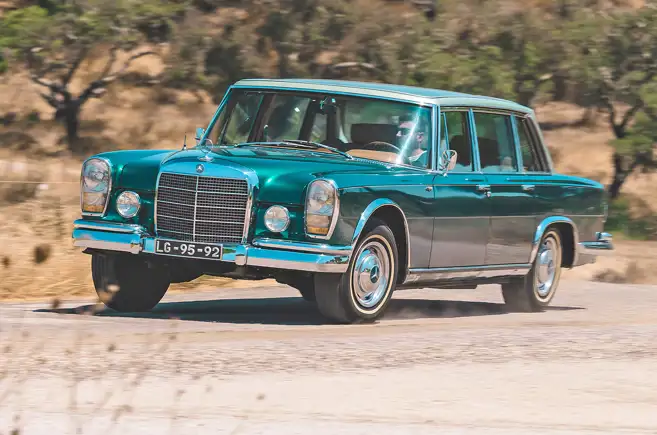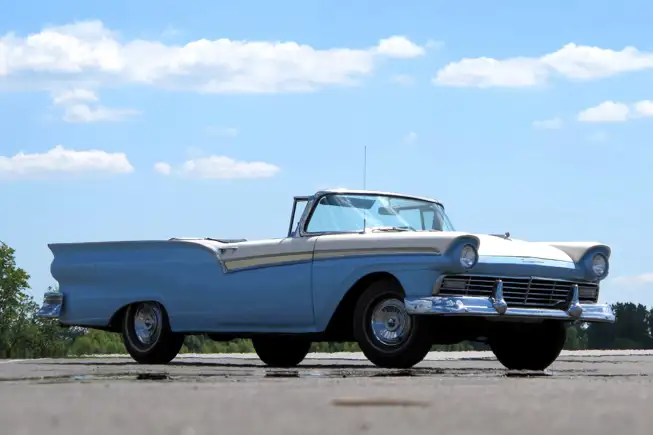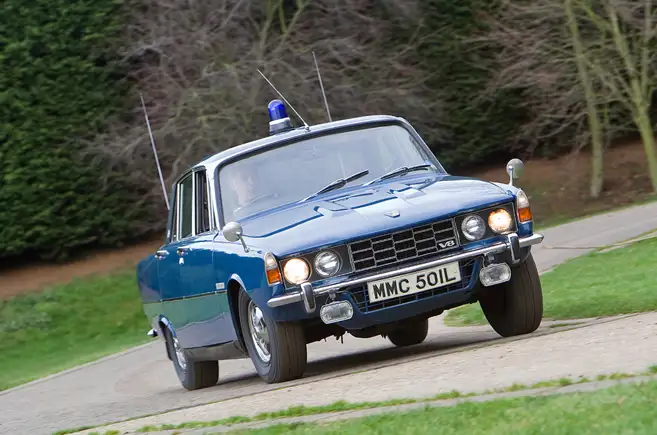Sometimes that brings success and other times it results in failure. There are cars that appear to have been more complicated than they ever needed to be just for the sheer design hell of it, like the magnificent homage to over-engineering that was the Mercedes-Benz 600, pictured.

Cars are complex machines, but some take that to a whole new level in the search to break new technological ground.
Whatever it is that makes a car more complex than others, here’s our pick of the most finicky designs in chronological order:
Ford Fairlane 500 Skyliner (1957)

If you want to know what was the first coupé-convertible car, look no further than the Ford Fairlane 500 Skyliner. It was the first car with this roof arrangement to enter series production and went on to sell more than 45,000 examples. The roof itself was the first ever retractable top made up from more than one section and it stowed under the rear deck.
Making this work seamlessly required seven reversible electric motors, four lifting jacks, 10 solenoids, another 10 limit switches and four locking mechanisms. There’s also 607-feet (185m) of wiring to make all of this lot work, so the Skyliner was also the most complex drop-top on the market at its launch.
Rover P6 (1963)

Rover may have had a slightly staid image up until the 1960s, but that all changed with the P6. Aimed at a new breed of thrusting young executives, it offered superb ride and handling, and excellent safety. Much of this was down to the design of the main structure that left all of the body panels unstressed.
Another unusual P6 feature was the front suspension that used a bell crank design. This gave the car fine comfort and also allowed more width in the engine bay for the proposed gas turbine engine that was ditched and replaced by the famous GM-derived 3.5-litre V8. These design features make the P6 tricky to restore now but also accounted for its popularity in period.

